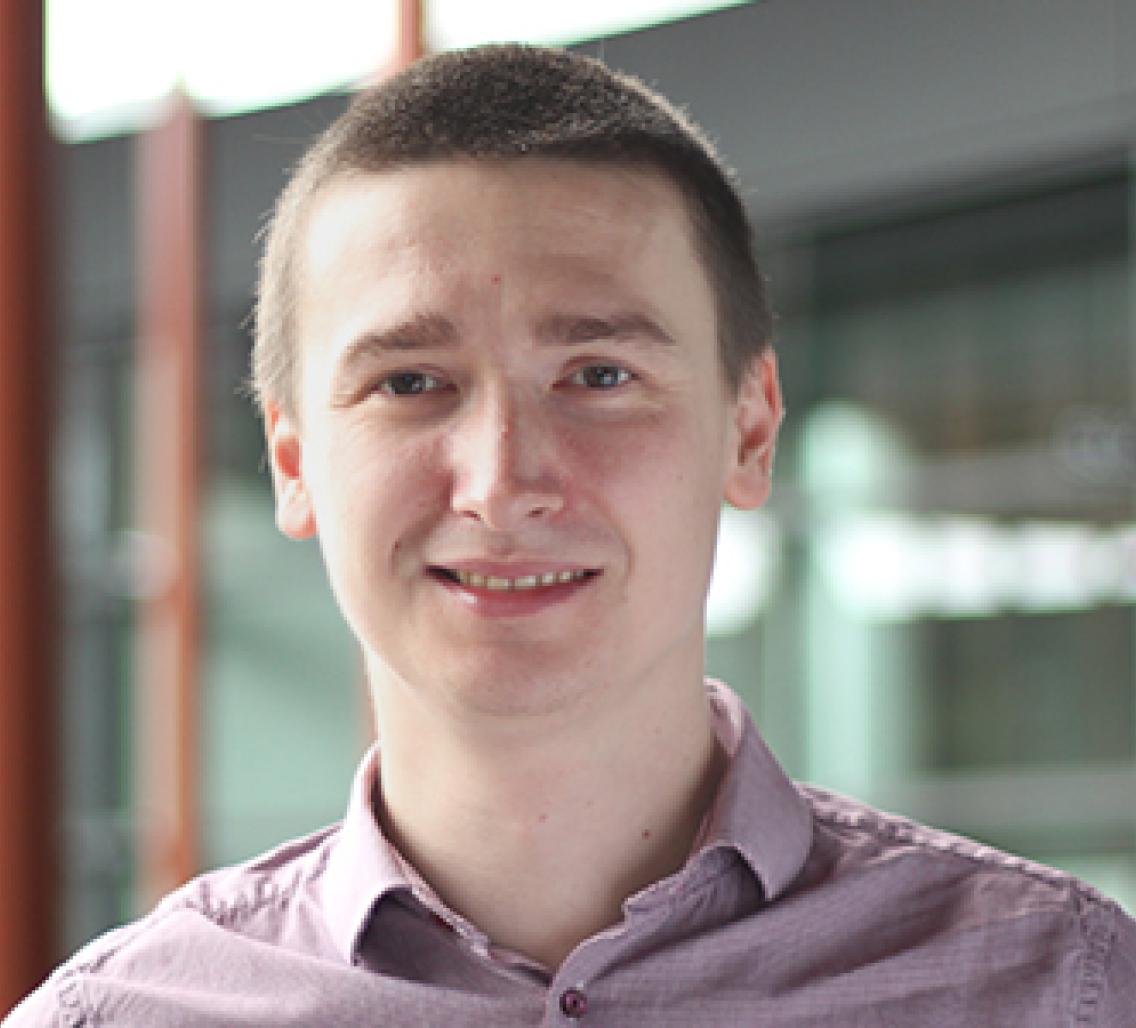By Nathan Collins
The contestant wastes no time. It swings a prosthetic leg violently forward, drags its other leg quickly behind, then collapses into the ground — but it’s okay. This athlete is computer-generated, and what its creators learn from its fall could help them win a contest with a serious goal: designing better prosthetic limbs and helping patients adapt to them.
ŁUKASZ KIDZIŃSKI, a postdoctoral scholar in bioengineering at Stanford, cooked up the contest following the success of a similar event last year in which teams of academics, private-sector artificial intelligence researchers and enthusiasts competed to train virtual athletes to run through an obstacle course.
That first online contest stemmed from a basic problem Kidziński and his colleagues faced. While researchers like his adviser, SCOTT DELP, professor of bioengineering and of mechanical engineering, know a great deal about how bones and muscles move, no one is quite sure how the brain controls complex processes like walking and running.
To close that gap, Kidziński hit on the idea of a competition, in which teams from around the world would compete to design artificial intelligence algorithms that would, along with virtual bodies informed by Delp’s data and models, learn to walk, run and eventually navigate obstacles. The winning algorithms, the researchers believed, could tell them something about how real people would learn to walk and run — or more to the point, how they would relearn to walk and run after surgery, although the first contest did not directly address that issue.
In this year’s version, teams now work with a virtual body that includes a prosthetic leg, with the aim being to understand how people would learn to move again after losing a limb and gaining a prosthesis. Although no contestant has made it very far yet — teams are judged on how far their virtual competitors can walk from a starting point — Kidziński isn’t worried. Last year around this time, no team had managed more than walking a few steps, and some fell flat on their faces, virtually speaking.
After last year’s success, Kidziński hopes to get upward of 1,000 participants, in part through expanded incentives. This year, Nvidia will award its top graphics-processing units to the top three teams, and Google has offered cloud computing resources for teams who might otherwise find it difficult to take part.
Details on how to participate, including information on free resources to get started, are available online at NIPS 2018: AI for Prosthetics Challenge.
Read the full article and more on the School of Medicine website.
